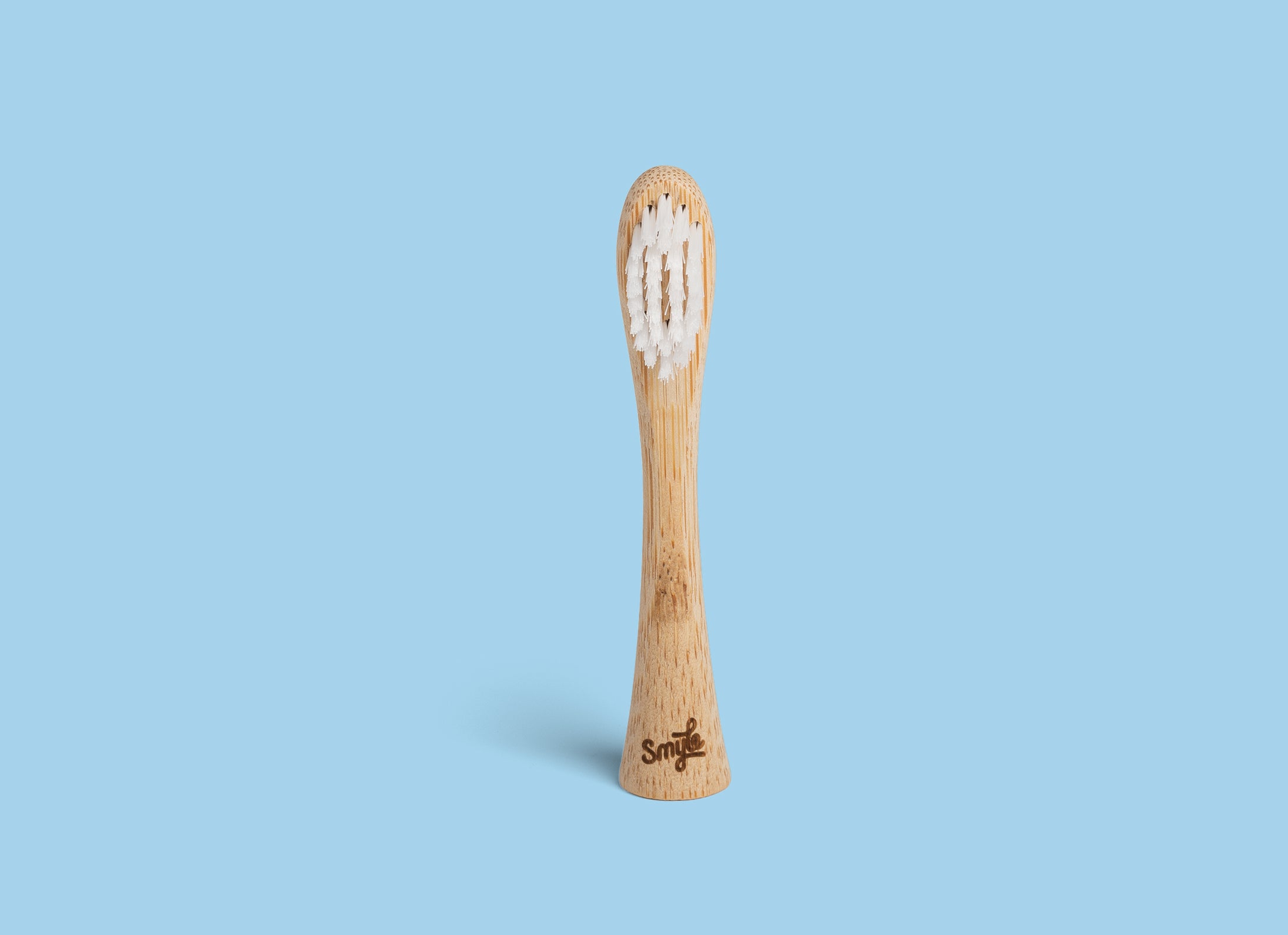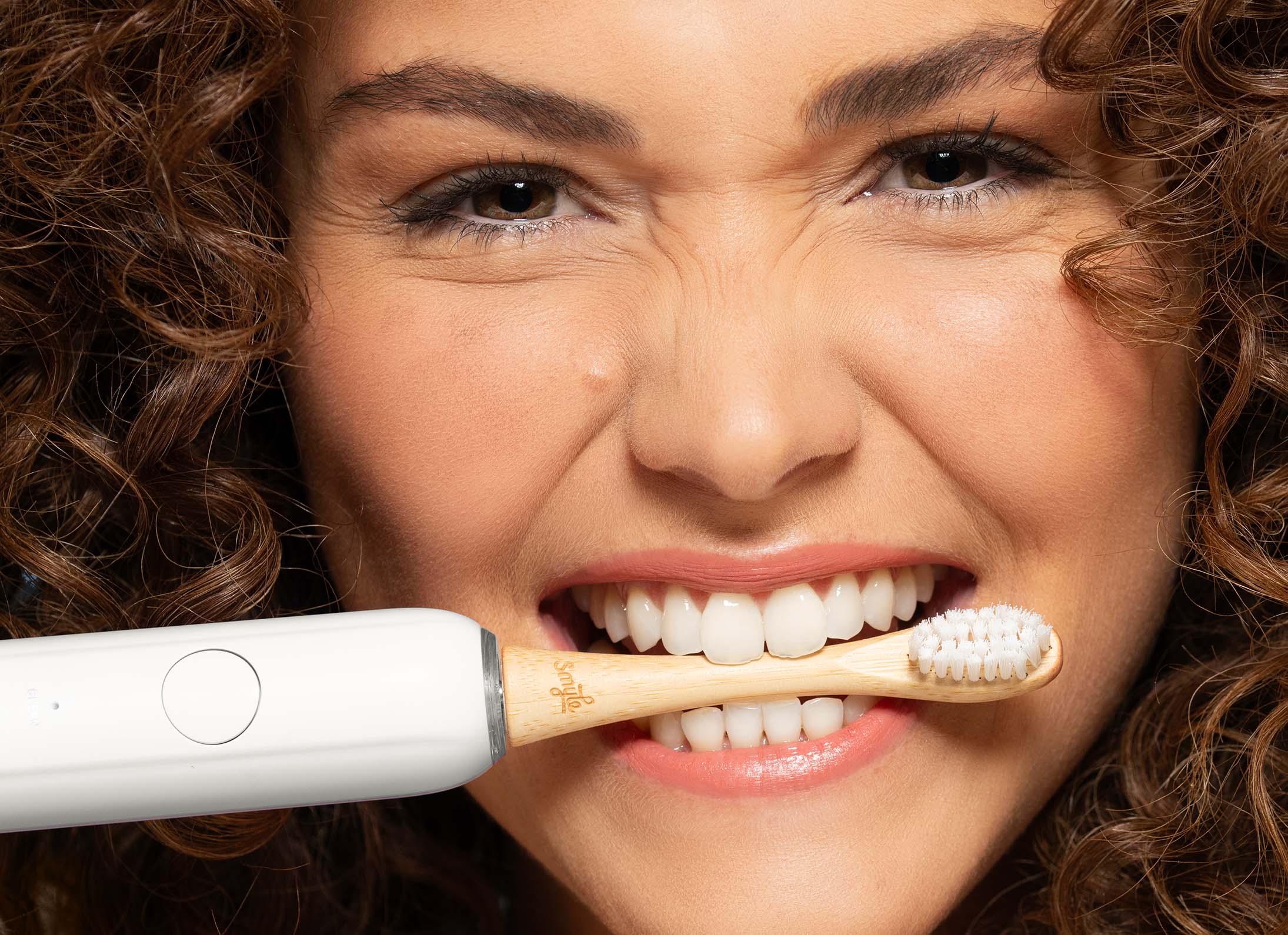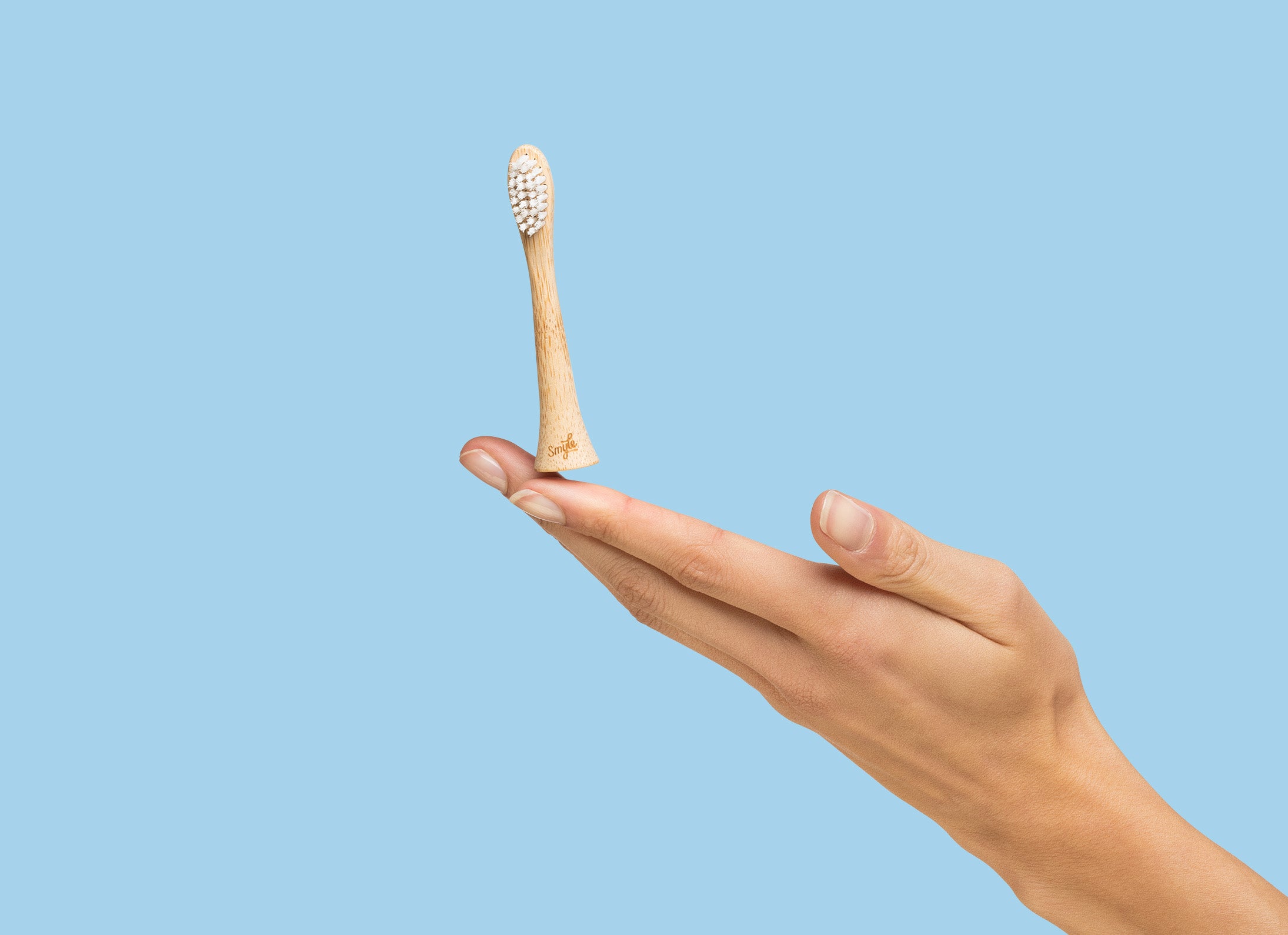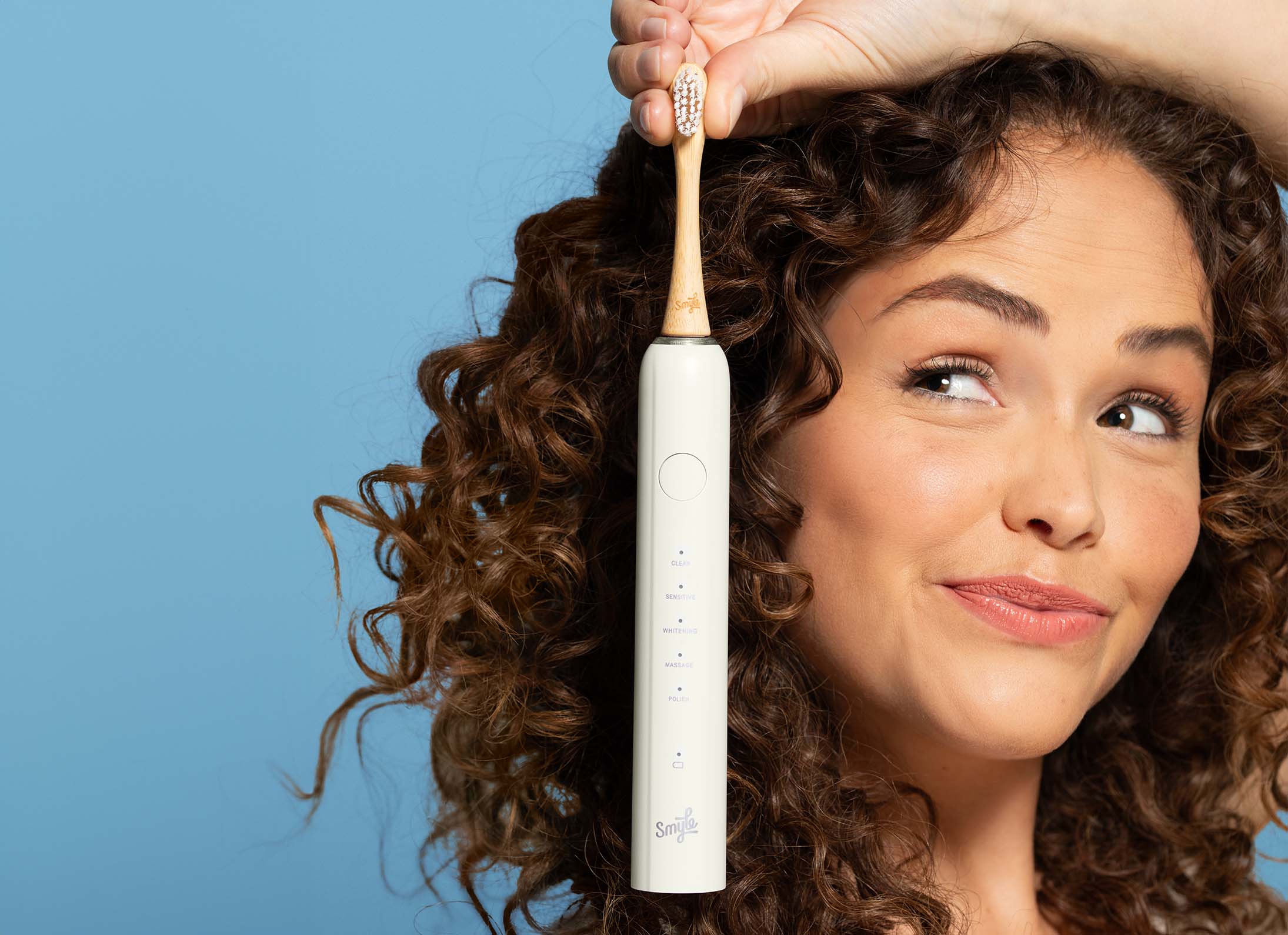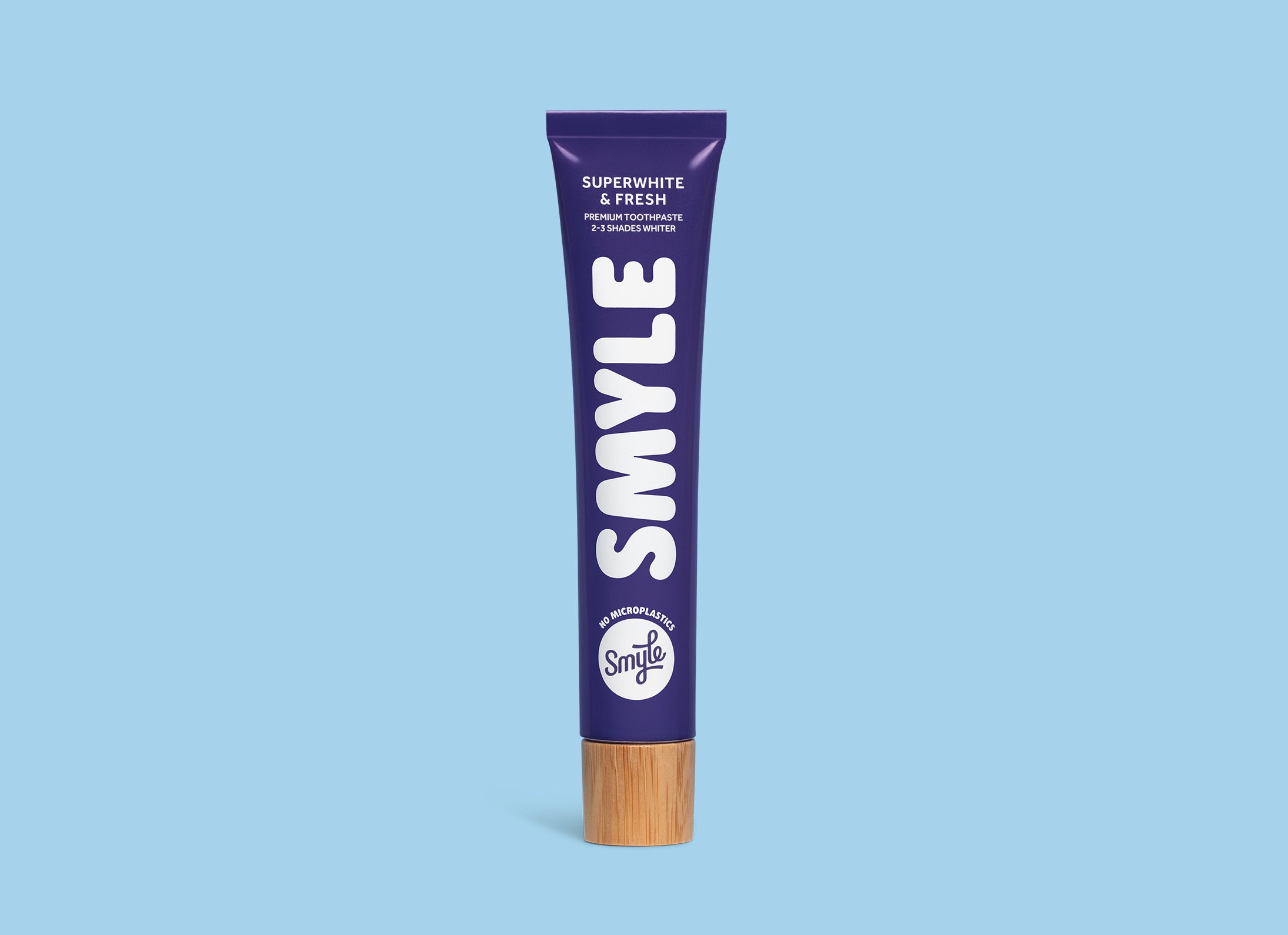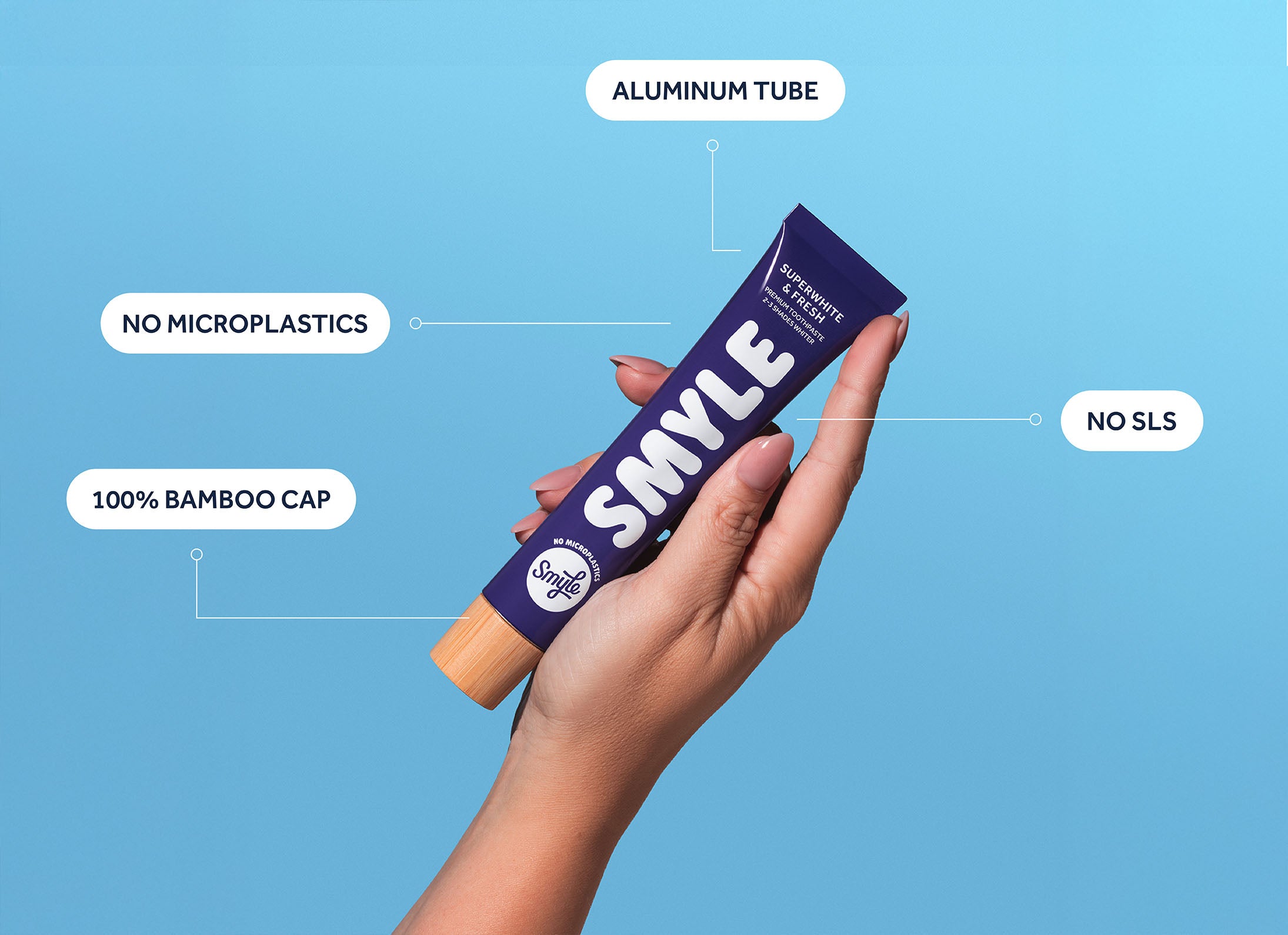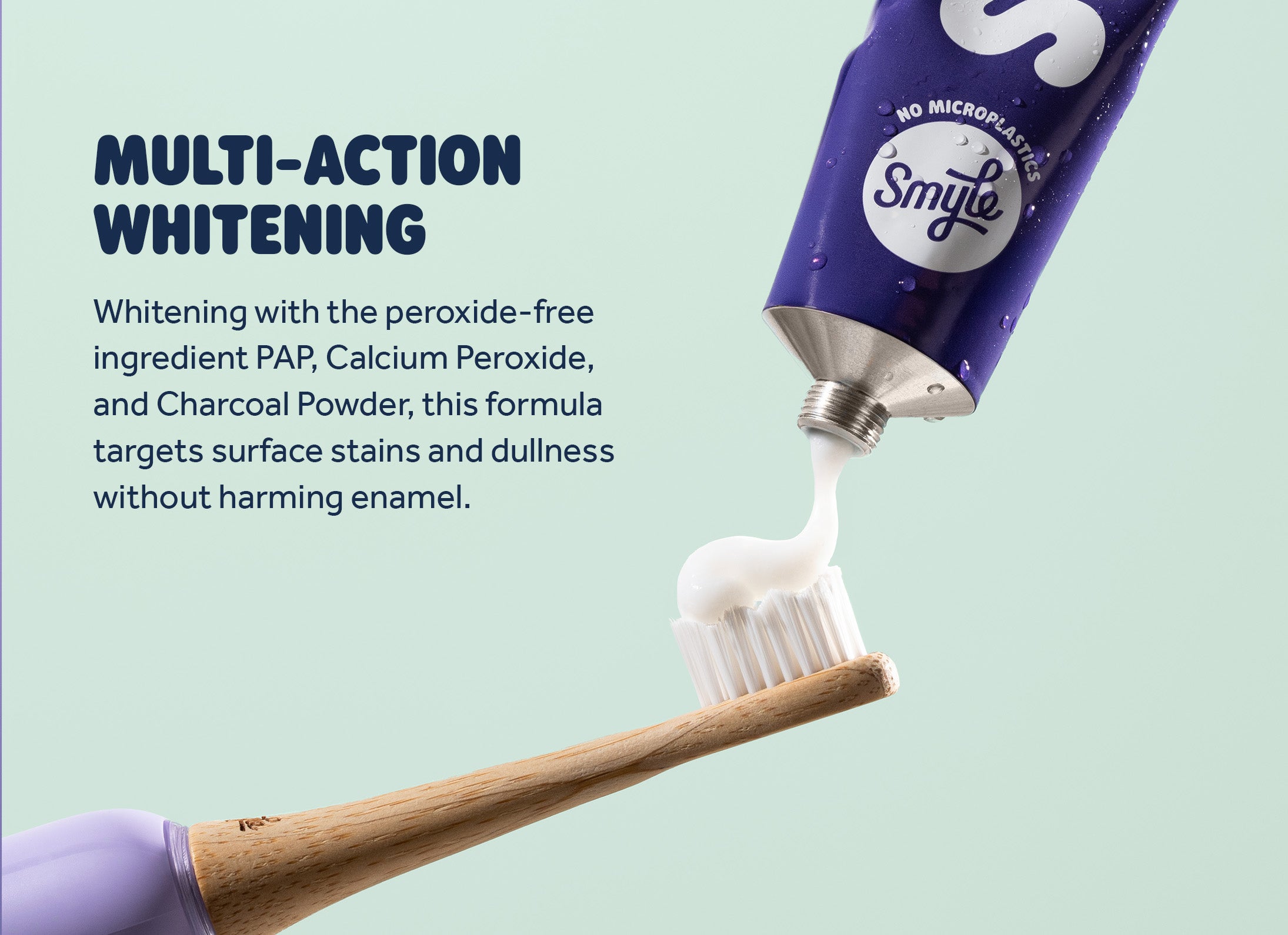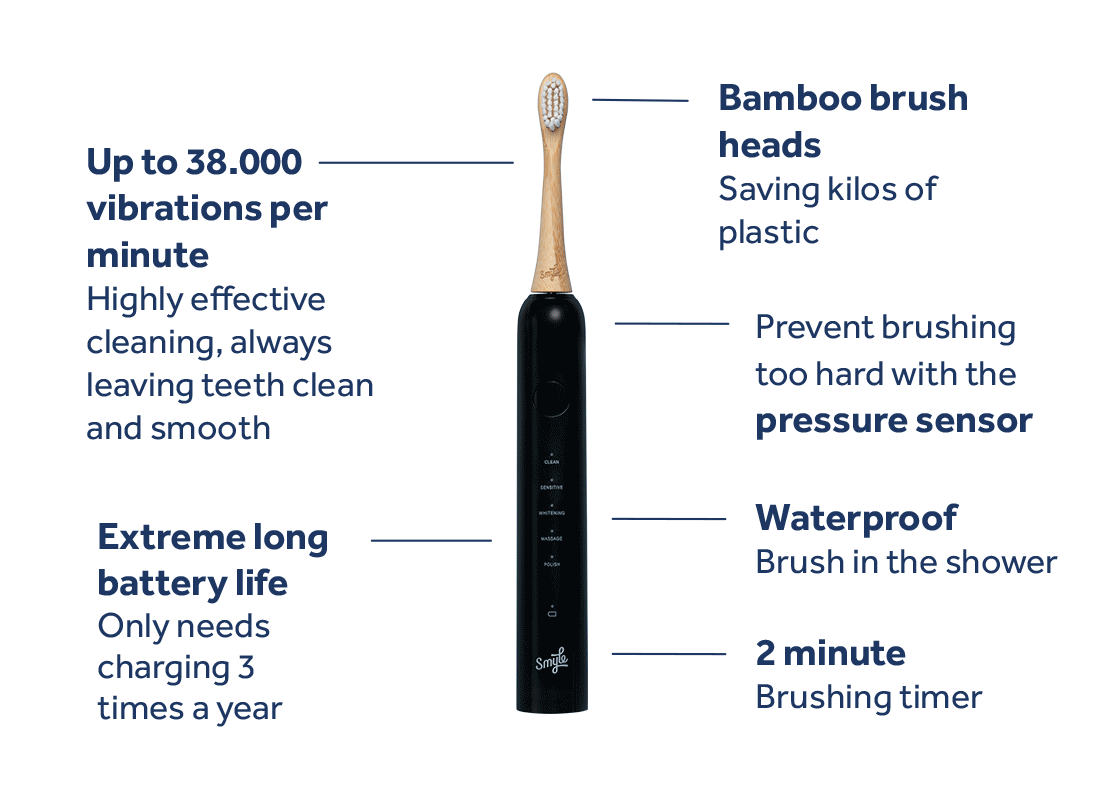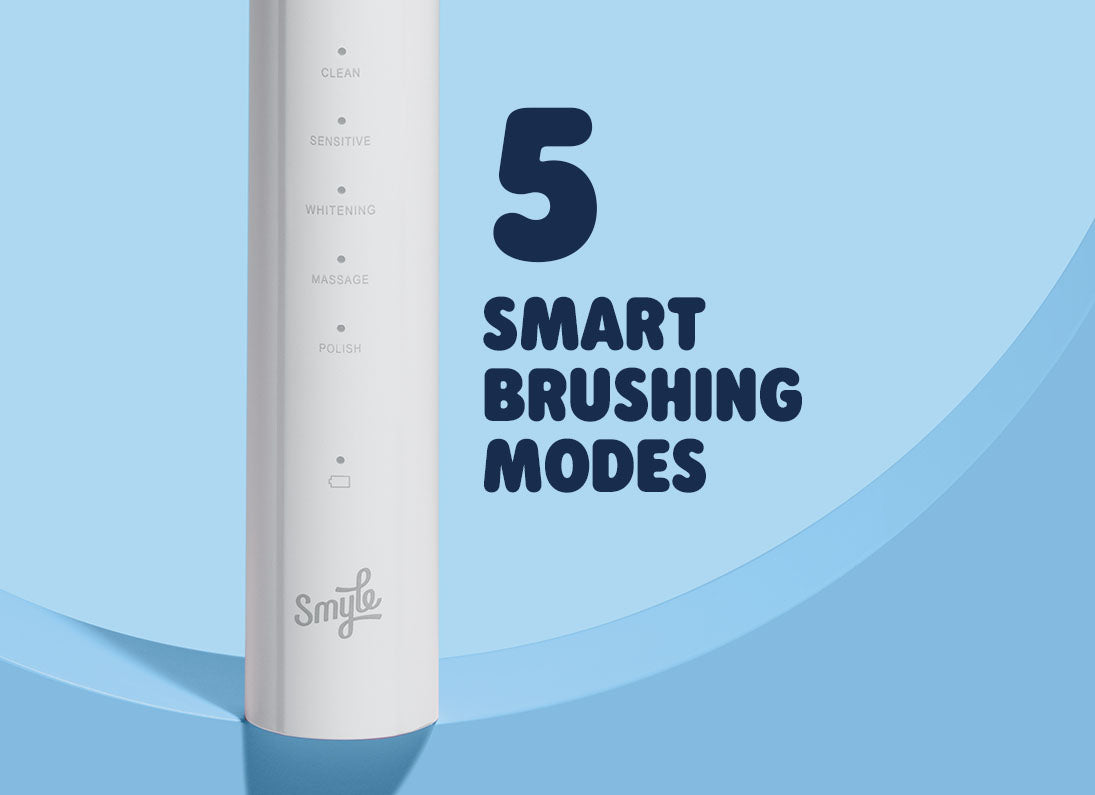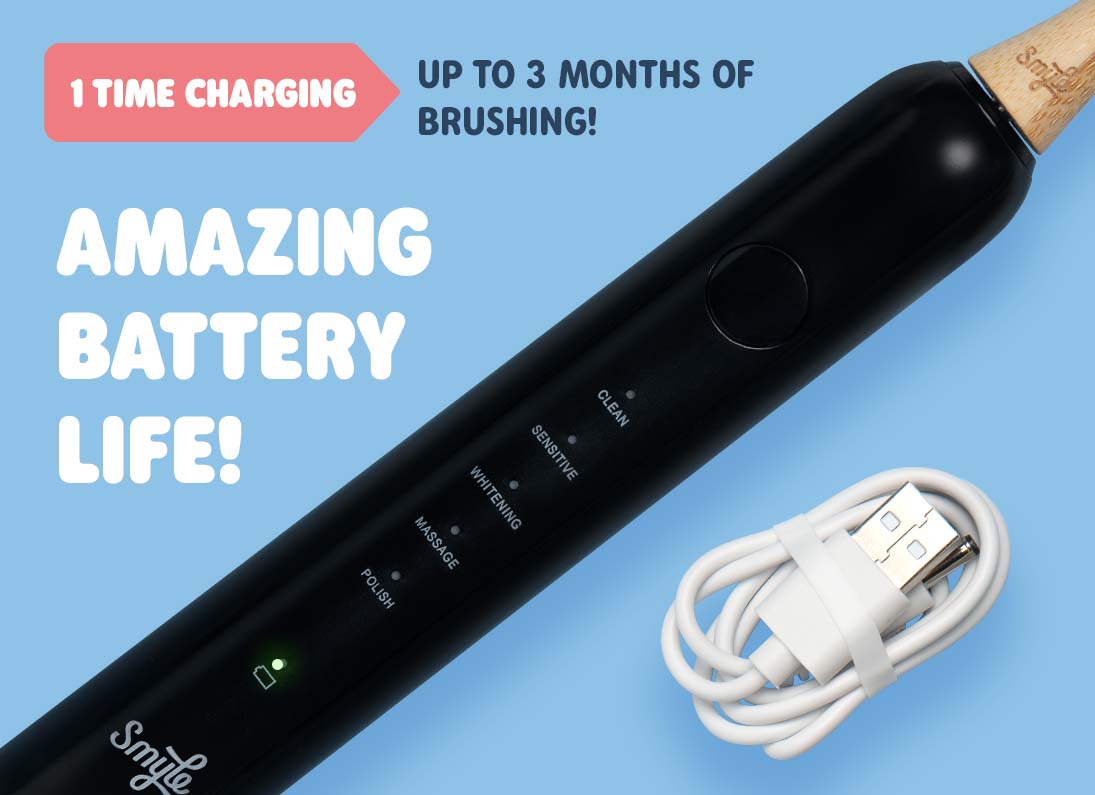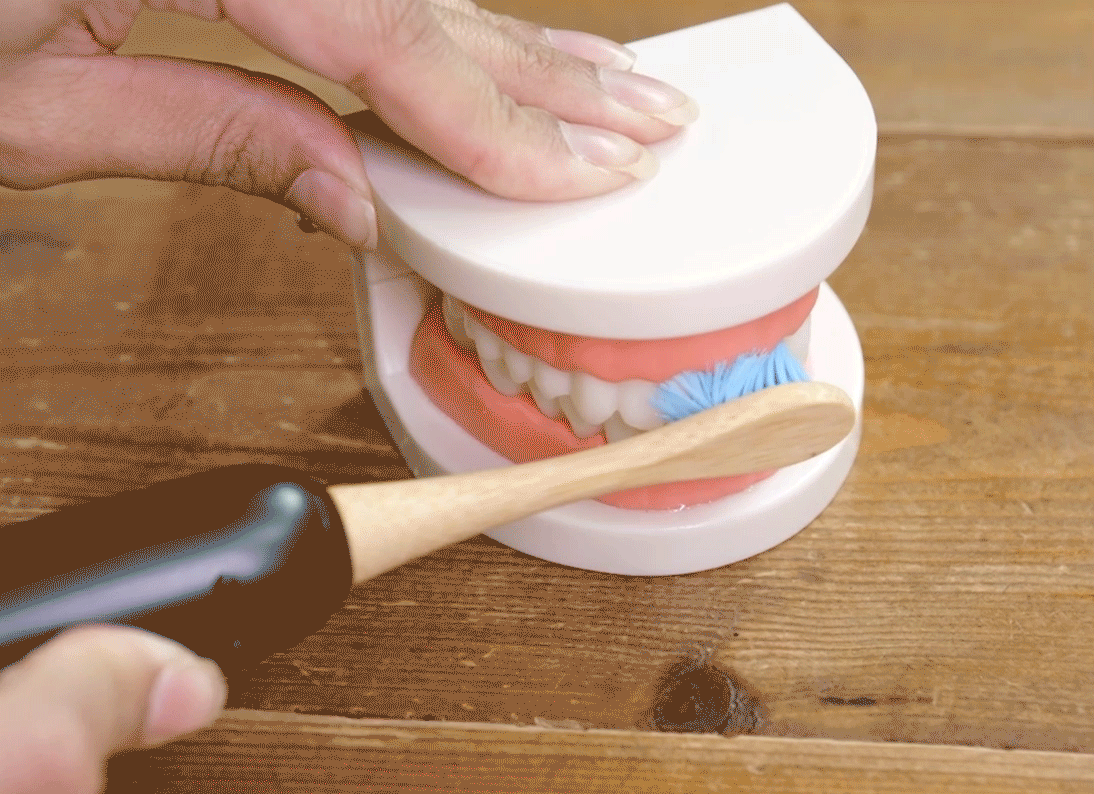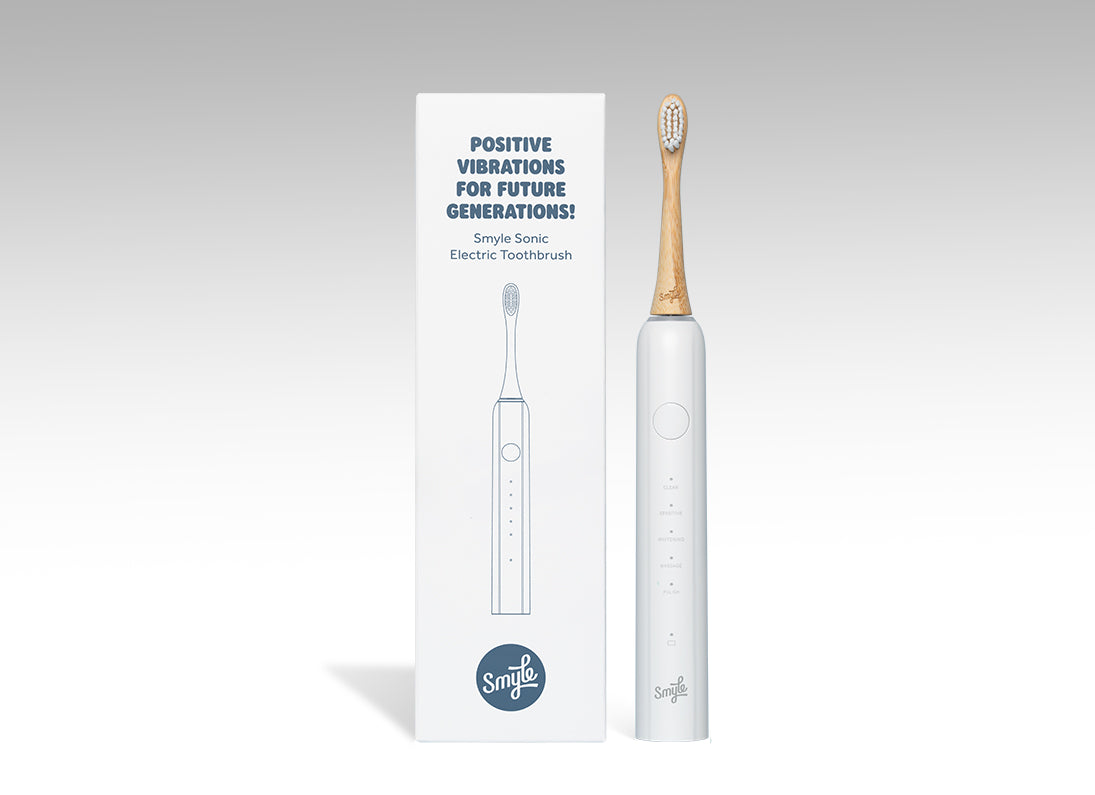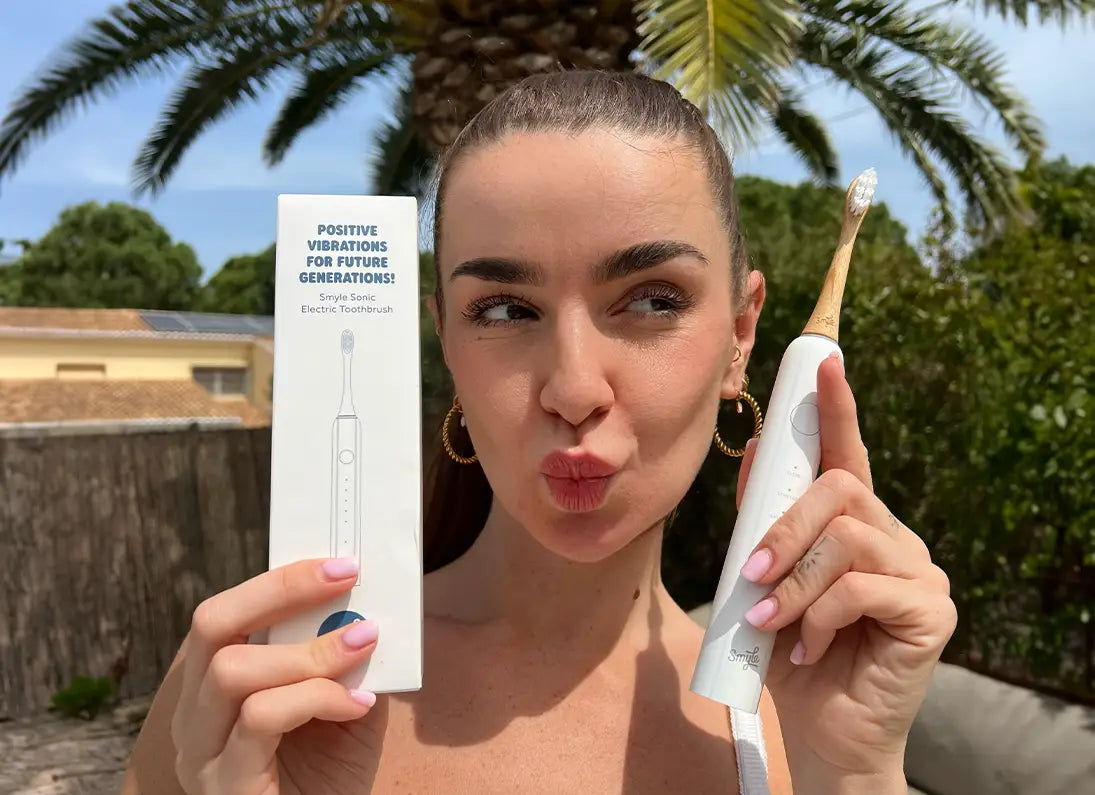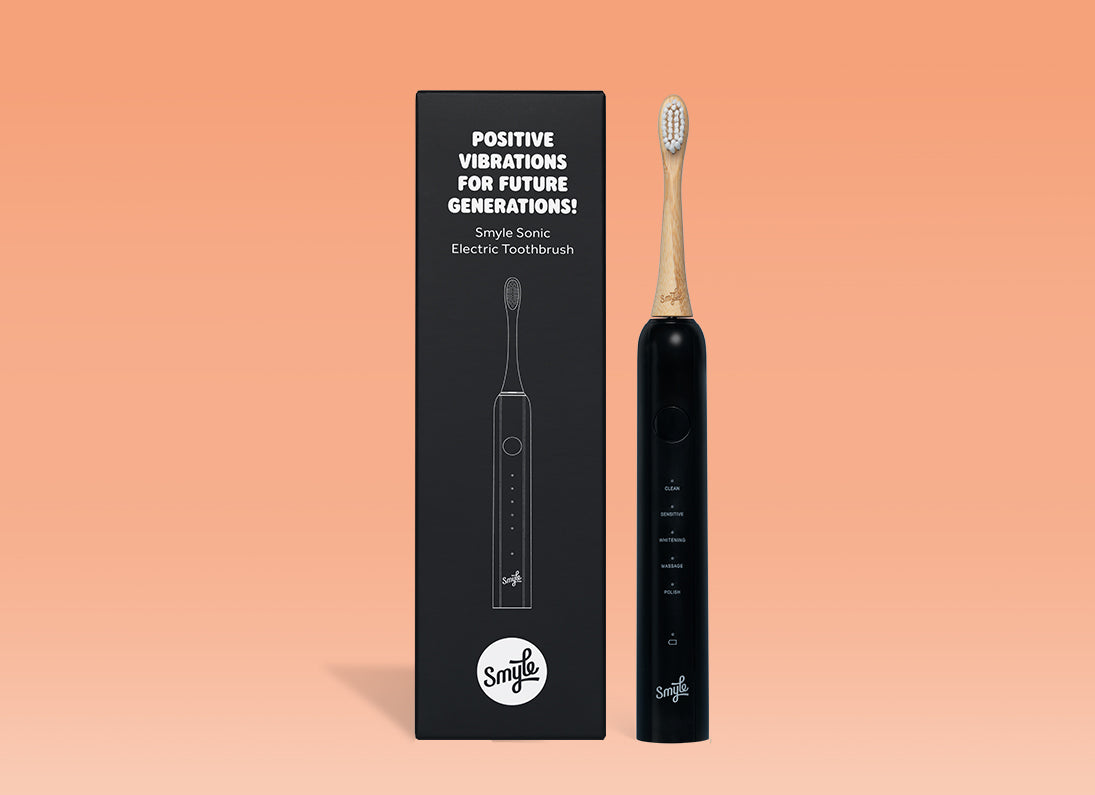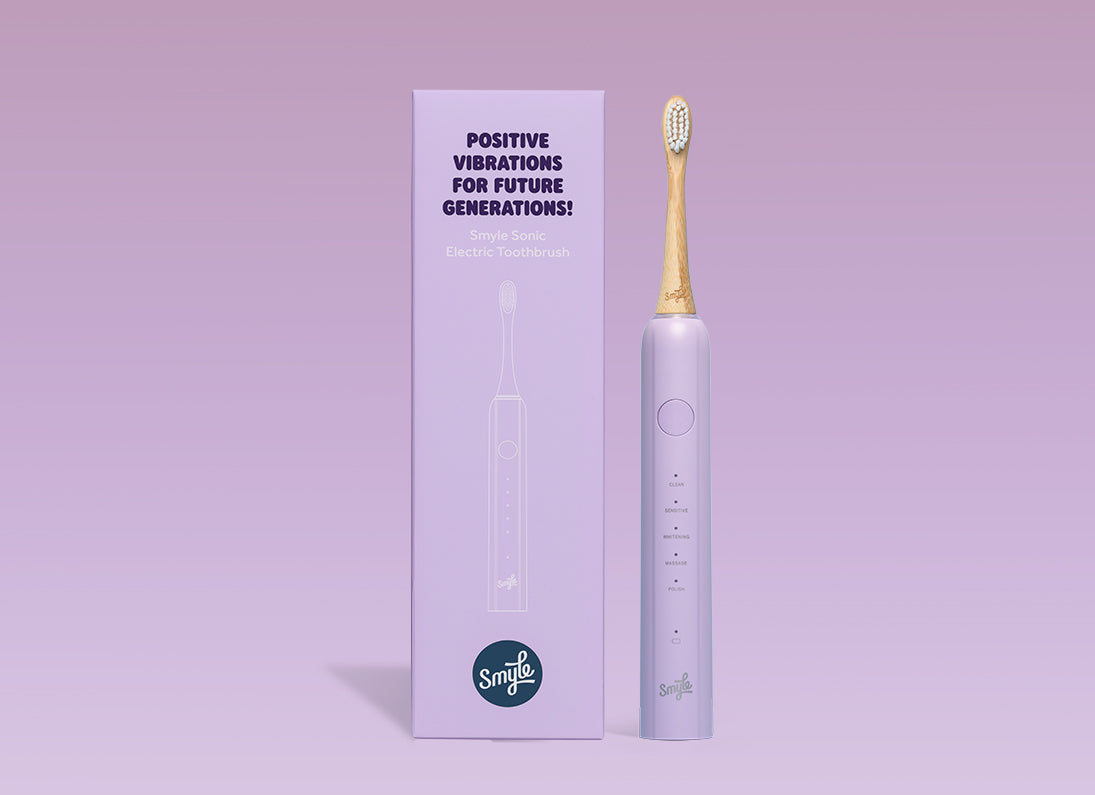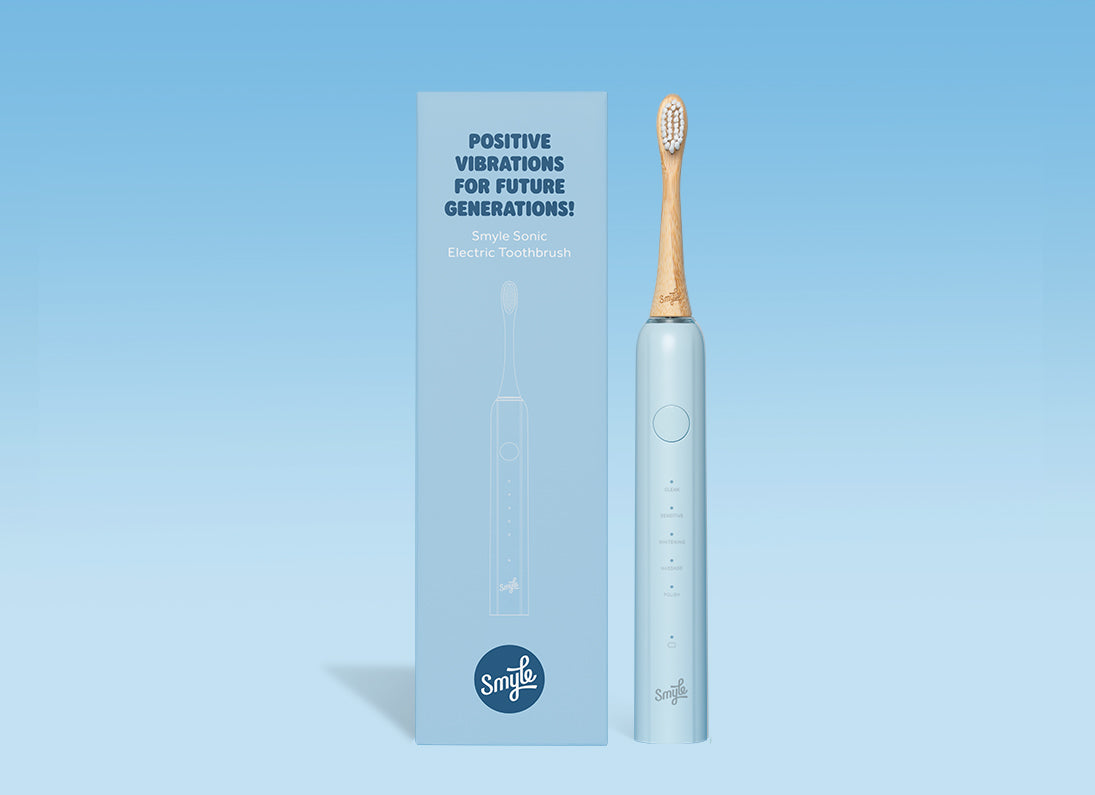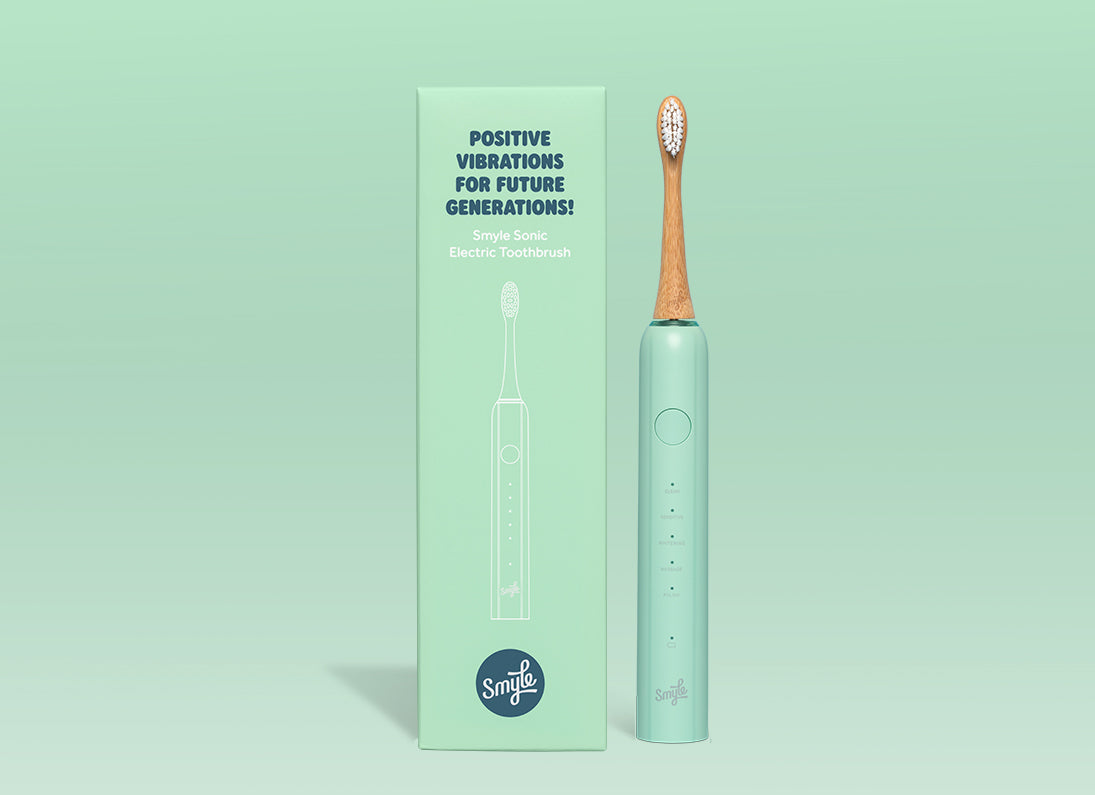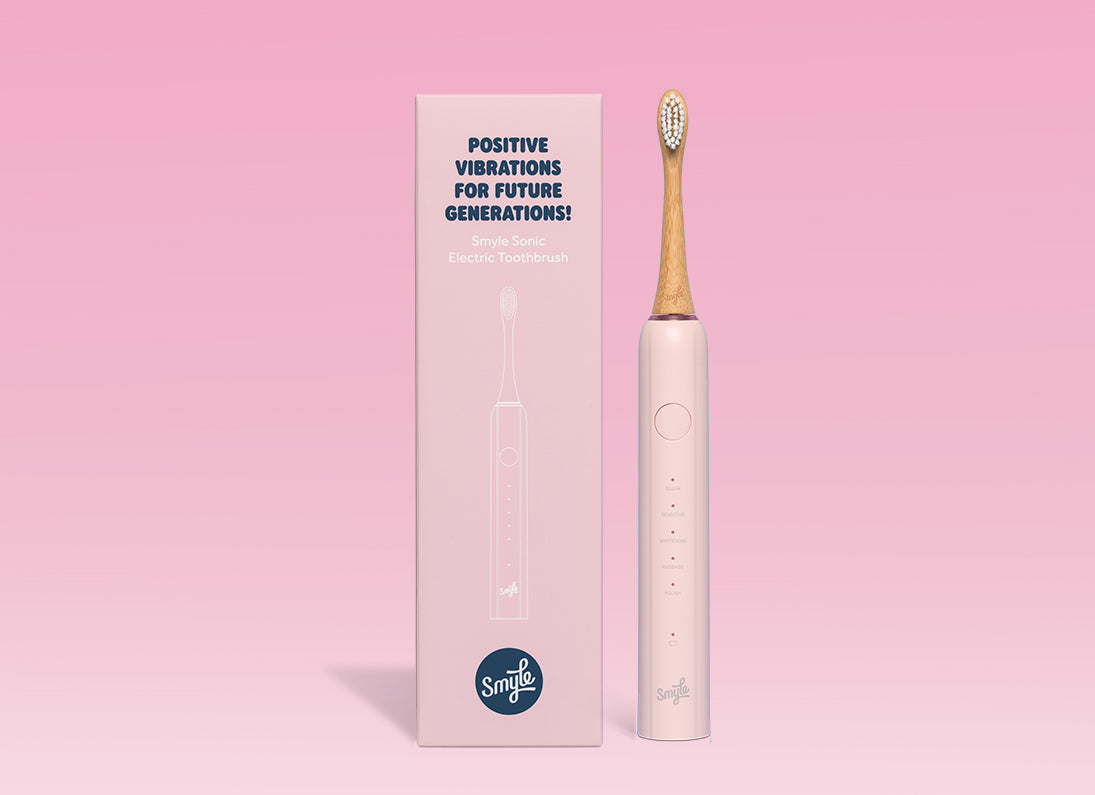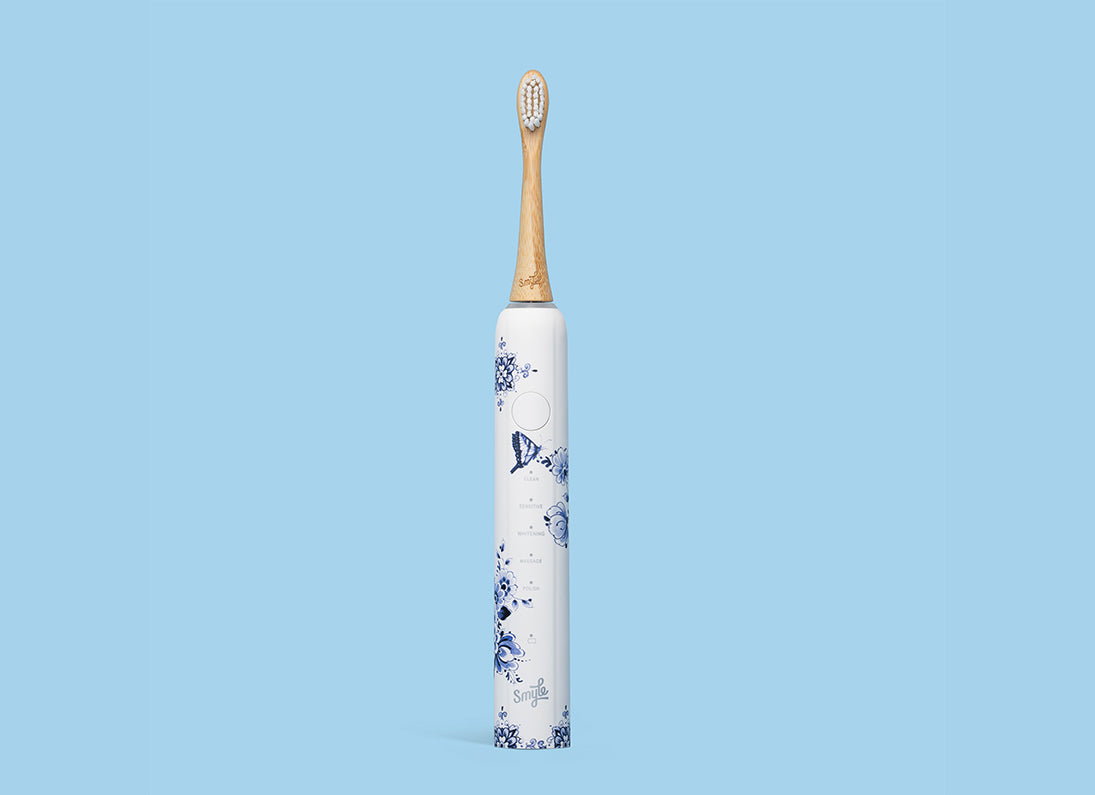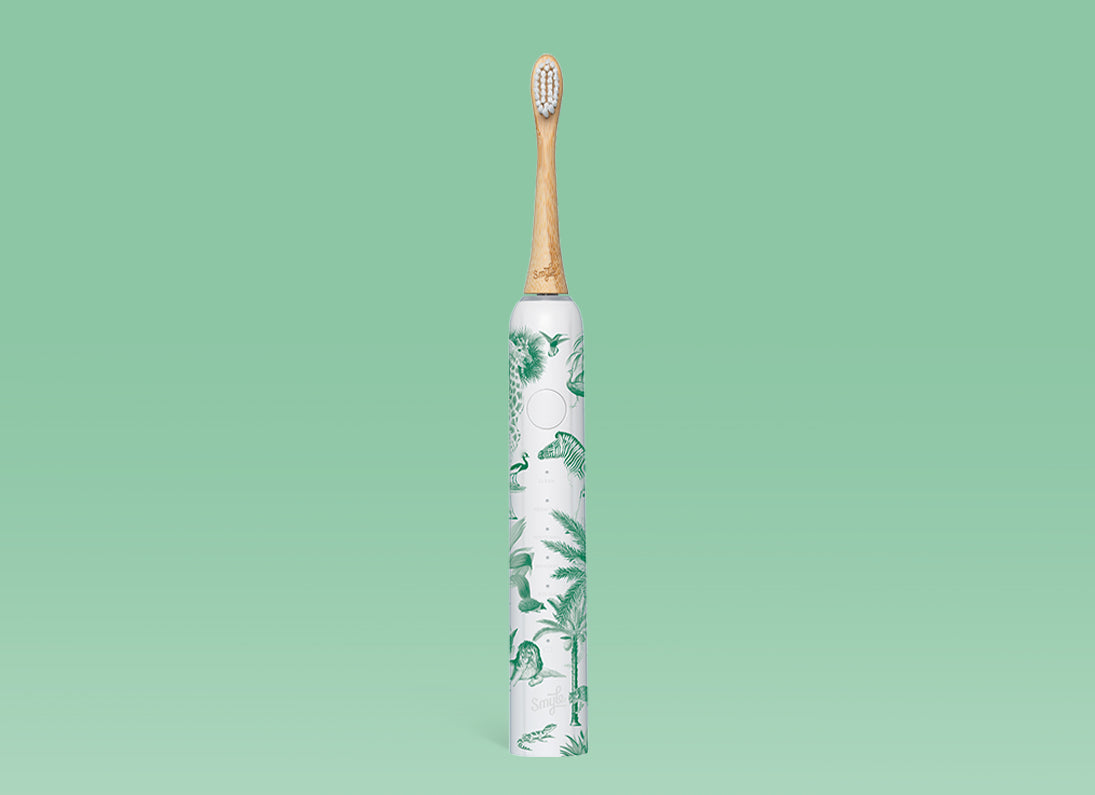
It’s a question we hear often: “How often should I floss my teeth?”
Our dentists regularly remind us that consistent flossing is essential for maintaining healthy teeth and gums. But how often should we really include this step in our daily routine? Is once a day enough, or should we take extra measures? While the importance of flossing is widely recognized, there’s still a lot of confusion about how often to do it.
That’s why we’re here to explain it clearly—so you can enjoy a healthy Smyle. So grab your floss and get ready to learn more!
The Role of Flossing in Oral Care
Flossing is an important part of a good oral care routine. It helps remove plaque and food particles, contributing to the prevention of tooth decay and gum disease. Flossing reaches the hard-to-clean spaces between the teeth where plaque can build up and cause problems.
In addition, regular flossing promotes healthy gums and reduces the risk of inflammation. Beyond preventing specific oral issues, flossing also contributes to overall oral health—and can even have positive effects on your general well-being. It’s a simple yet effective habit that supports a radiant smile and a healthy mouth.
So, How Often Should You Floss?
It’s important to floss regularly—but how often, exactly?
Dentists generally recommend flossing once a day.
This way, you remove plaque and food debris between your teeth, helping to prevent cavities and gum problems.
That said, the frequency may vary. For instance, if you have sensitive gums or tightly spaced teeth, more frequent flossing might be helpful. People with more space between their teeth might need to floss slightly less often, but it remains important to do it consistently.
Find a flossing routine that suits you. Try different times of day and see what works best. Whether you floss in the morning after brushing or at night before bed—just make it a habit.
Remember: flossing complements brushing, not replaces it.
Speak to your dentist for advice tailored to your specific needs.
How to Floss Effectively
-
Use the right technique: Wrap about 40 cm (15 inches) of floss around your middle fingers and hold a small section tightly between your thumbs and index fingers. Gently slide the floss between your teeth and move it up and down along each tooth.
-
Be gentle: Don’t press the floss too hard into your gums to avoid irritation or bleeding. Apply light pressure as you move it back and forth.
-
Floss all teeth: Don’t forget the teeth in the back of your mouth! Focus on one tooth at a time and gently curve the floss around each side of the tooth.
-
Use clean sections: After flossing one tooth, gently pull out a fresh section of floss before moving to the next. This helps avoid transferring bacteria and debris from one tooth to another.
Healthy Oral Care
Keep in mind that flossing is just one part of a complete oral hygiene routine. It’s also important to brush at least twice a day and visit your dentist regularly. So the next time you brush, don’t forget to grab the floss and glide it between your teeth. Your gums—and your dentist—will thank you.
👉 Click here to get your floss delivered straight to your door.

